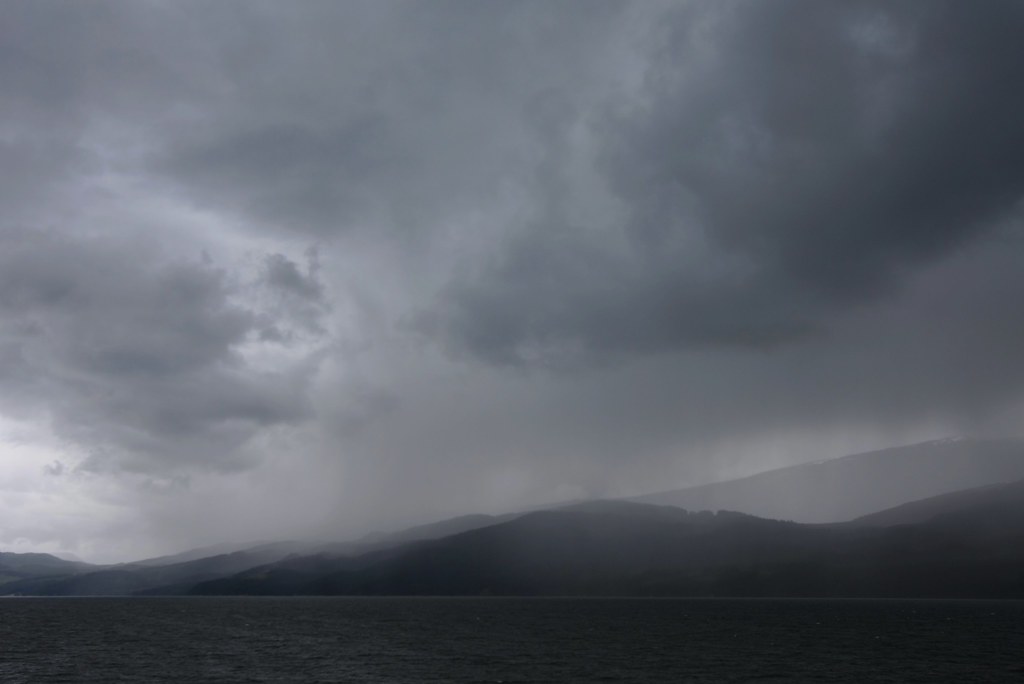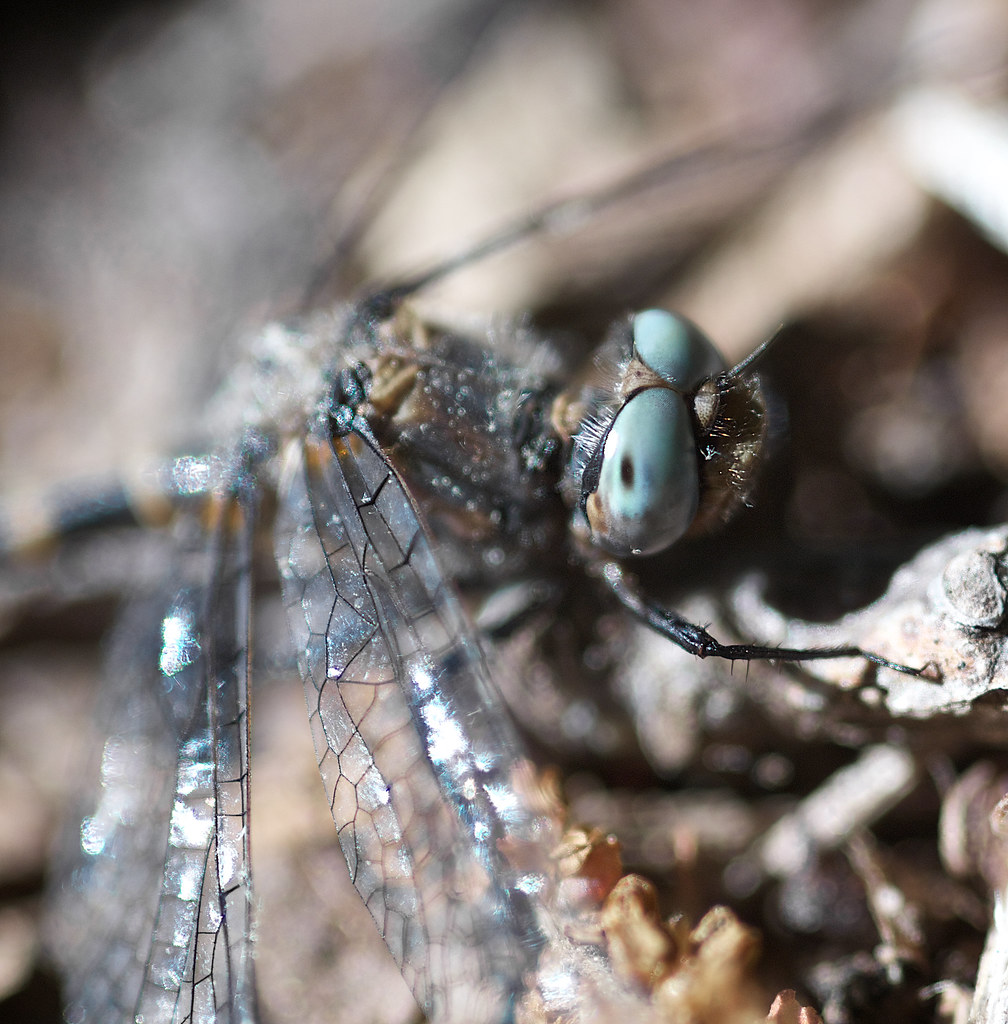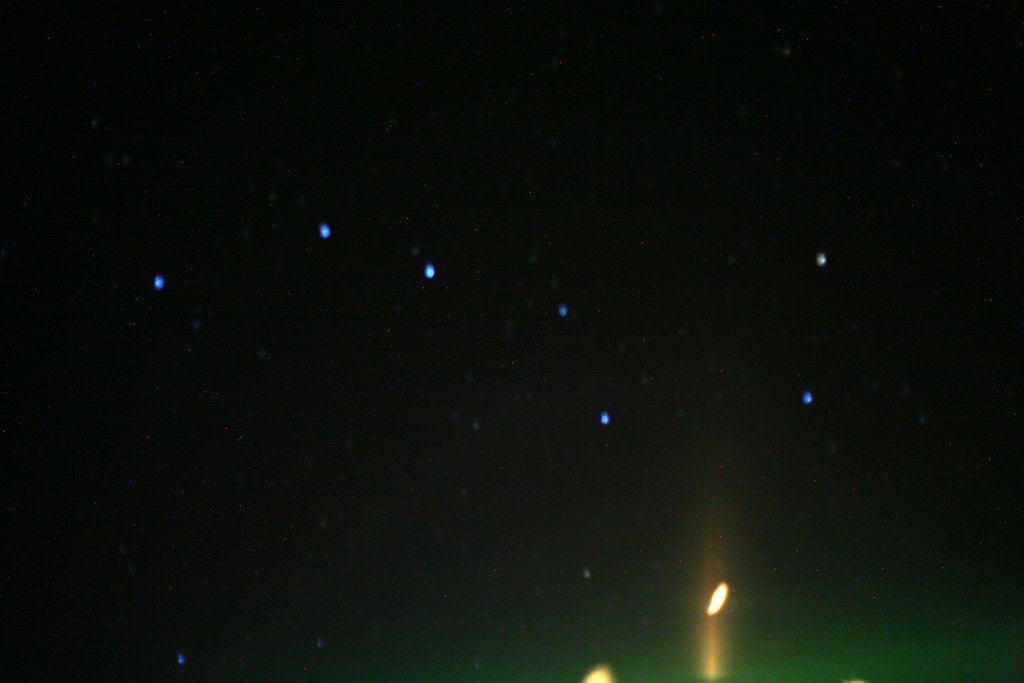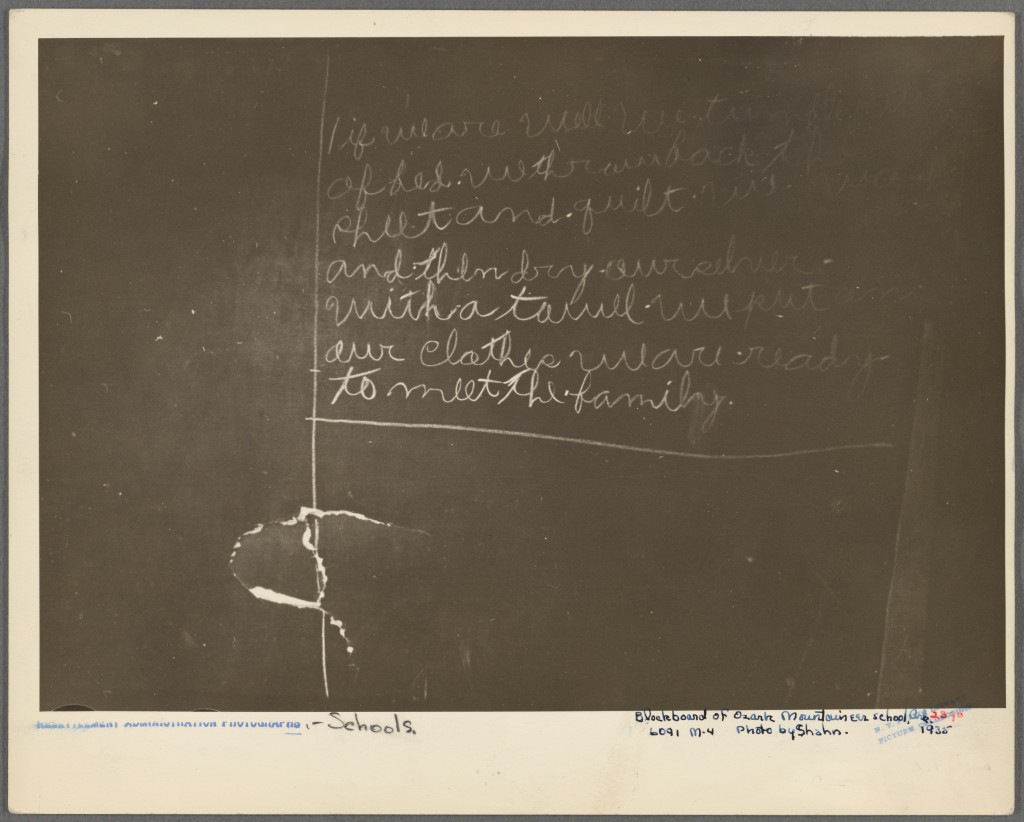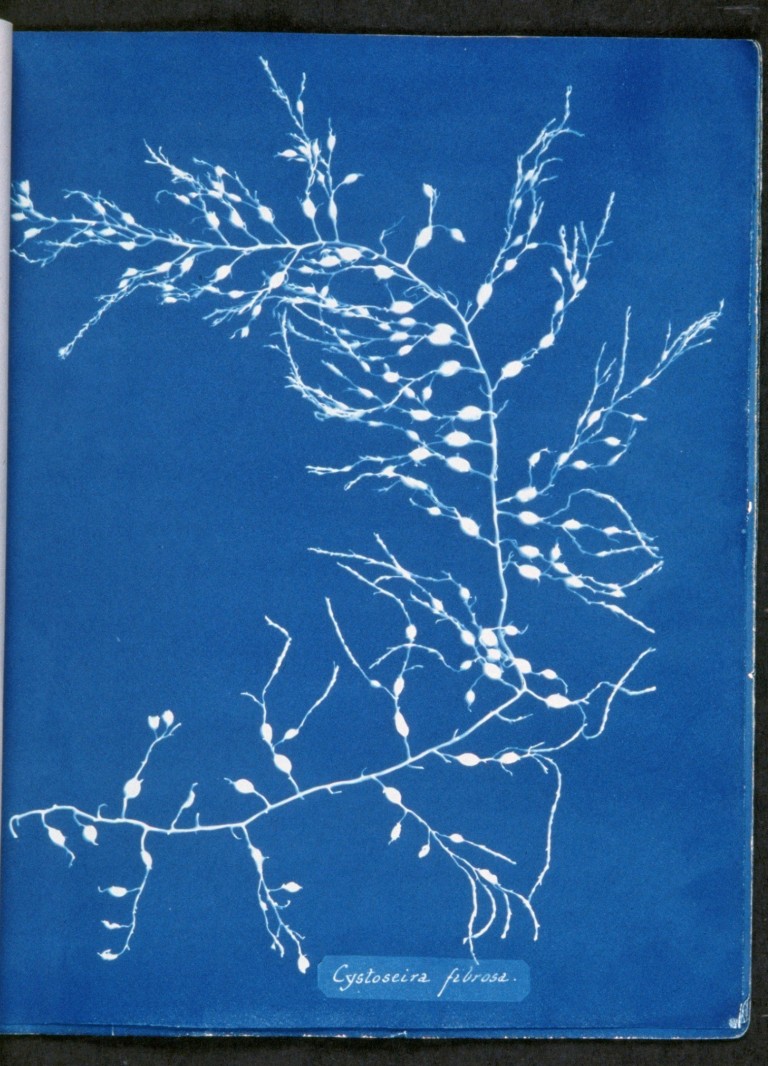I came across this poem the other day and it made me realize just how long I’ve struggled with SAD. When I say struggle, it’s not even that I mind the dive downward. Though it’s tough, I also sort of like the slowness. The toughest part is being up and chipper and outgoing around other people when the soul-lights dim. This poem from a few years ago described something I did, oh, about 30 years ago when I lived in south Minneapolis and rented the upper floor of an old four-square. I didn’t know what to call my yearly dive then, but, looking back, I can see that I learned to cope in creative ways.
The old house had a long hallway with a window at one end, facing west. A few weeks after the spring equinox, when the Sun had passed far enough north to shine in that window, the rays hit a radiator on the other side of the living room. I painted that radiator to greet the Sun each year, and to hold its glow deep inside when the Sun was gone.
My own little Stonehenge.
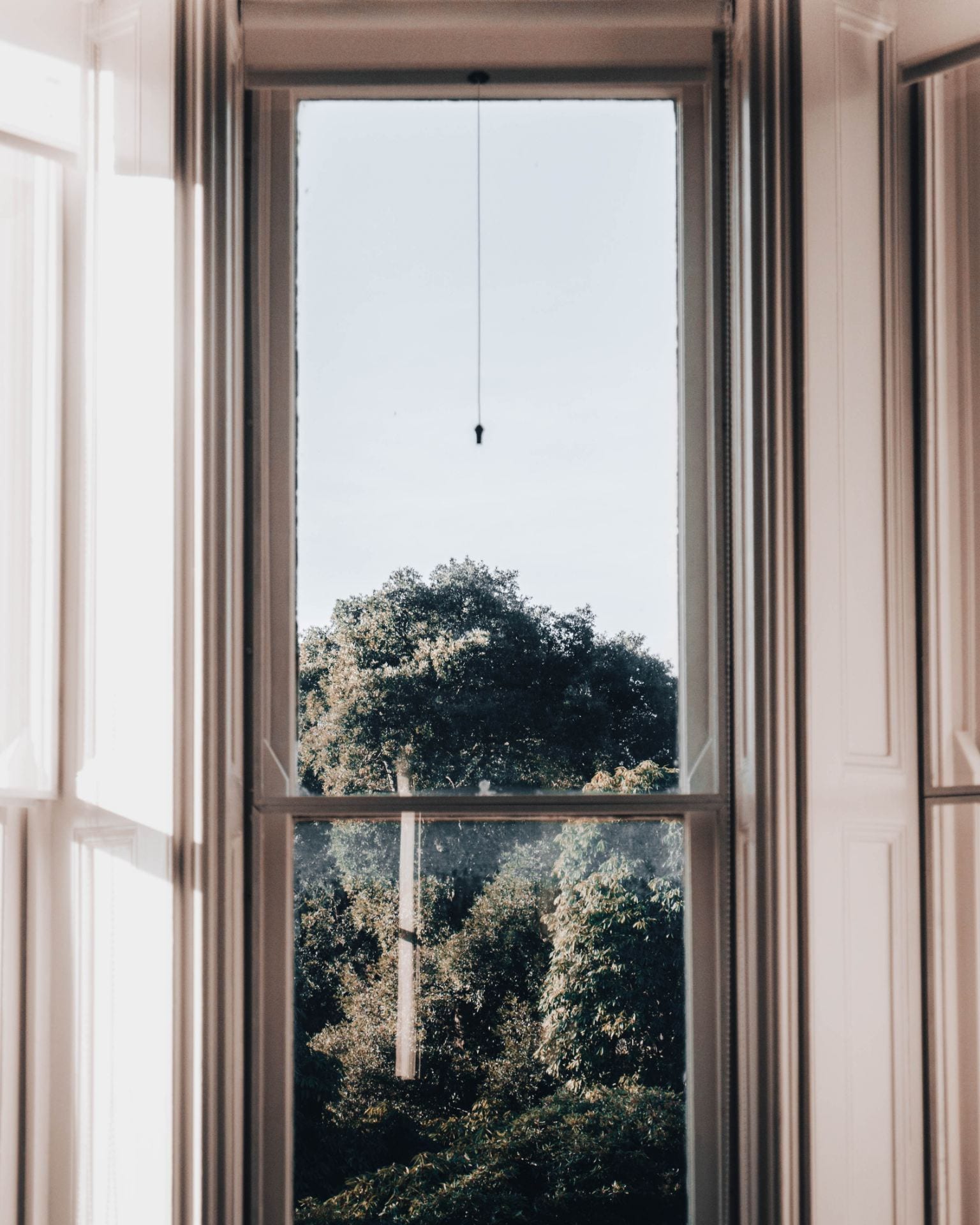
Sitting on a Radiator in South Minneapolis
A radiator squats at the far end
of a narrow hall. One fall,
I painted the outside
quick December dusk
and slow Coltrane blue.
Deep inside the fins:
tangerines, fresh carrots,
and a summer Saturday morning.
All winter the radiator
clanked and hissed.
In early April
the afternoon sun slid
through the hall window,
and for six days,
as it continued its trek
across the sky,
the sun struck
a match to the radiator:
it glowed with the warmth
of new light.
For a moment
each sunlit day
I climbed atop and crouched
like a turkey vulture
in the spring sun,
trying to understand
how something so
precisely predicted,
each year could arrive
so out of the blue.
– Steve Peterson


